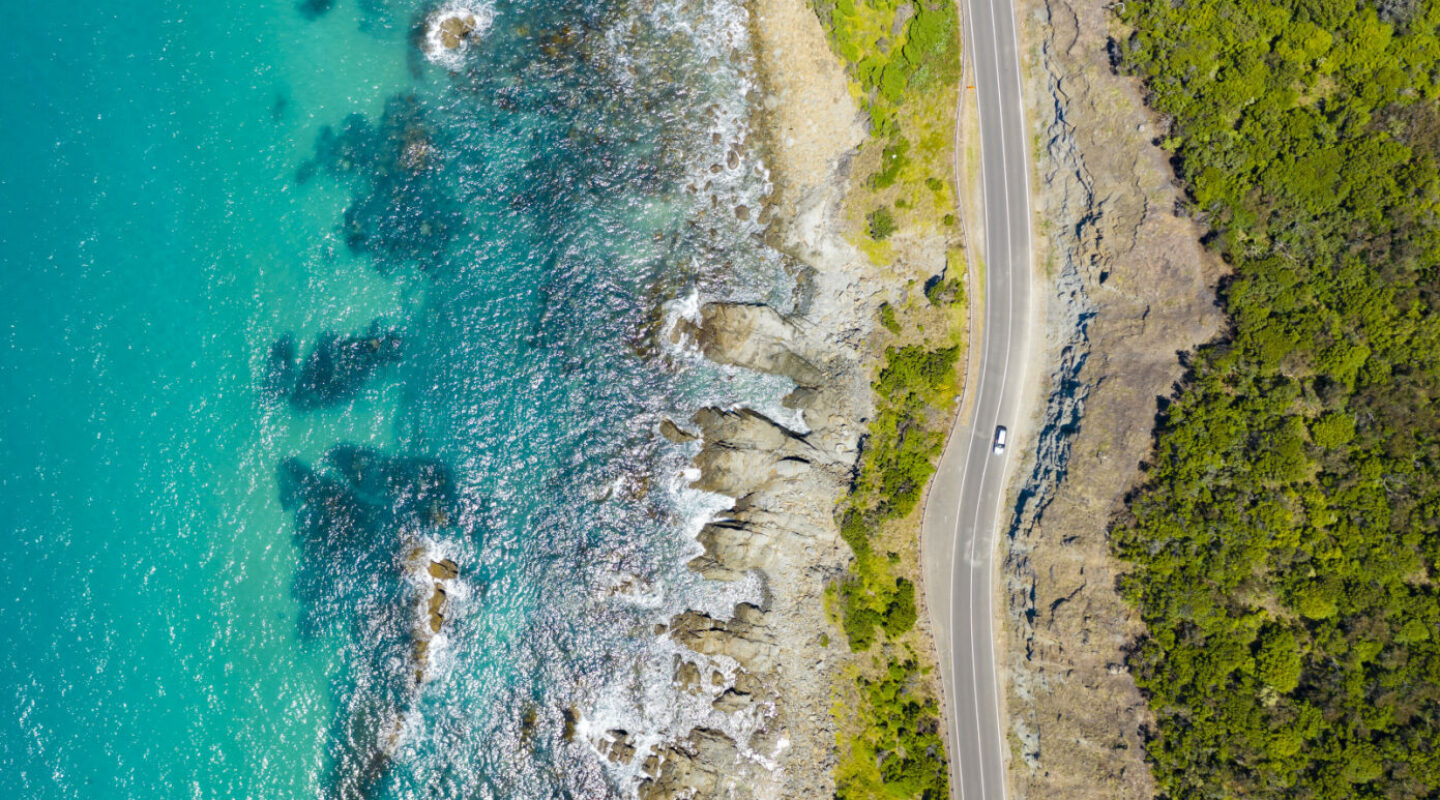ProjectVicCoasts

Climate Change and population growth are increasing pressure on Victoria’s coastline. There is also an increasing recognition of Victoria’s economic and social prosperity depending on a healthy and resilient natural environment.
Adaptable coastal management is essential to protect roads, utilities, iconic beaches, foreshores and marine environments. This supports social, recreational and cultural values for Victorian communities. Since our involvement in 2019, DEECA has produced a Marine and Coastal Strategy, delivered coastal protection projects with secured funding and gained new knowledge on marine and coastal ecosystem processes.
TSA Riley has been involved with this project for the last 4-5 years through ILM, Business Case Development, Cost Benefit Analysis and Lapsing Program Evaluation.
The submission TSA Riley assisted with included evaluating the lapsing VicCoasts program to meet requirements to seek continued funding in the 2024 State Budget. Sites were evaluated, to weigh up the benefits and costs of implementing new coastal protection structures across Victoria’s coast. Through this, justification of investment was strengthened with new evidence to clarify the complex effects of climate change and measurable impacts on the environment, economy and society.

Lapsing Program Evaluation
TSA was engaged by DEECA to undertake a lapsing program evaluation for the last two budget funding periods across the entire Program.
Our approach to the lapsing program evaluation was to build rapport with marine and coastal program stakeholders to assess the performance and delivery of stated objectives and scope against the DTF Resource Management Framework. It consisted of:
- A conceptual paper that outlined how the evaluation will be undertaken
- A series of interviews with stakeholders and a review of coastal program documentation, to broadly evaluate if the program answers:
- Have the problems been solved? What is the evidence of a continued need for these coast care programs, and what is the role of the State Government in delivering them?
- Have outcomes been realised? What is the evidence of the programs’ progress towards their objectives and expected outcomes, including alignment between programs, outputs, department objectives and government priorities?

